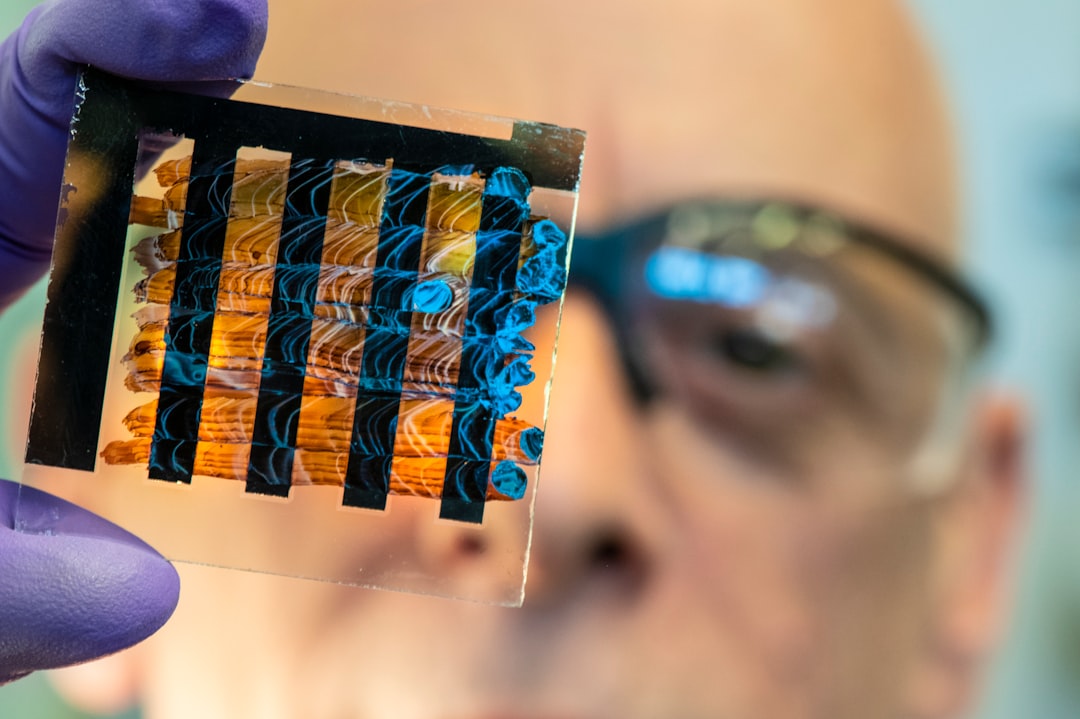What is it about?
Intrinsically disordered proteins do not have a fixed structure. When they are studied with experimental techniques such as NMR, averages of all the conformations are measured. Interpretation of these averaged data is possible though simulations, but first, the simulated structures need to reproduce the measured data. This can be done via MaxEnt, as our publication explains.
Featured Image
Why is it important?
Our work shows that different ensembles can fit a set of NMR data of IDPs. This means that the interpretations of these data is far from trivial and that despite the information they provide, they are not sufficient to characterize an IDP in solution. More effort and attention should be directed to the underlying force fields that are used to create the ensembles, because their influence is pervasive in the final ensembles, even if these ensembles are pruned to fit the experimental data.
Read the Original
This page is a summary of: Application of the maximum entropy principle to determine ensembles of intrinsically disordered proteins from residual dipolar couplings, Physical Chemistry Chemical Physics, January 2014, Royal Society of Chemistry,
DOI: 10.1039/c4cp03114h.
You can read the full text:
Contributors
The following have contributed to this page










